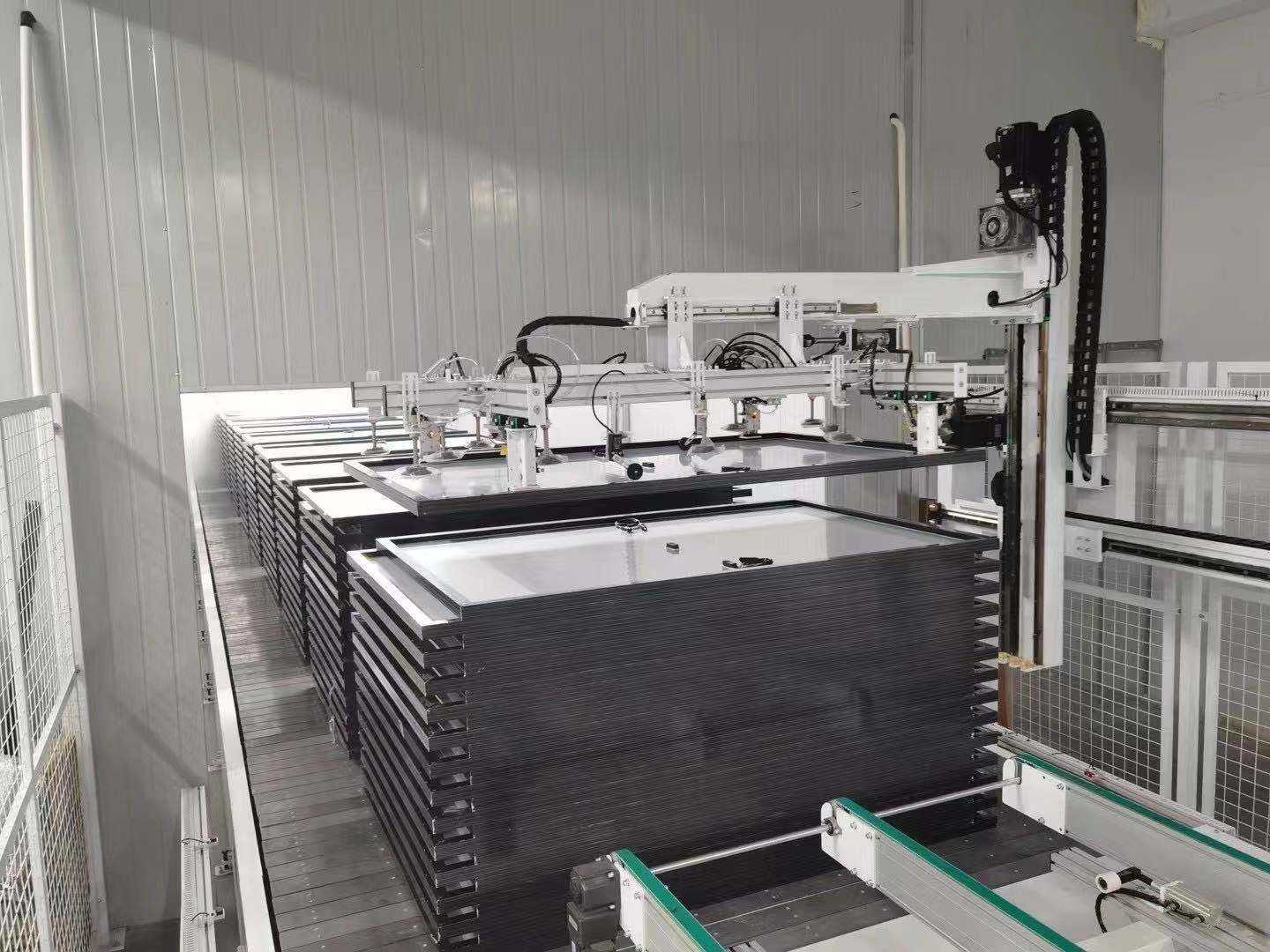How are solar panels produced?
The production process of solar panels involves several stages, which can vary depending on the specific type and technology used. Here is a general overview of the typical manufacturing process:
1.Silicon Ingot Production:
The first step is to produce high-purity silicon ingots. This is often done through a process called the Czochralski method or the Float-Zone method. In this stage, impurities are removed from the silicon to achieve a desired level of purity.
2.Wafer Manufacturing:
The silicon ingots are sliced into extremely thin wafers. This is usually done using a wire saw or diamond blade cutting. The resulting wafers are circular in shape and have a thickness of around 150-200 micrometers.
3.Wafer Cleaning:
The wafer surfaces are then cleaned to remove any contaminants or particles that could hinder the solar cell's performance. A combination of chemical etching and ultrasonic baths may be used for this purpose.
4.Solar Cell Fabrication:
The cleaned wafers are processed to create solar cells. This involves several steps, including:
Texturization:
The surface of the wafer is textured to increase light absorption by creating a random structure that reduces reflection.
Diffusion:
A layer of phosphorous is added to one side of the wafer, while another layer of boron or aluminum is added to the other side. This creates a p-n junction, crucial for generating an electric field within the cell.
Anti-Reflective Coating:
A layer of anti-reflective material is applied to minimize reflection losses and enhance light absorption.
Contact Formation:
Metal contacts, typically made of silver or aluminum, are printed on the front and back sides of the cell to collect generated electricity.
5.Solar Panel Assembly:
Multiple solar cells are interconnected to form a solar panel. The cells are soldered together using conductive adhesive or screen-printed soldering paste. Busbars and interconnect ribbons are used to connect the cells. A protective backsheet, typically made of a polymer, is added at the rear side of the panel.
6.Encapsulation:
The front side of the solar panel, containing the solar cells, is covered with a transparent encapsulant material, often ethylene-vinyl acetate (EVA) or a similar material. This encapsulation protects the cells from external elements while allowing sunlight to pass through.
7.Frame Installation:
A frame is added around the edges of the solar panel for support and protection. The frame is usually made of aluminum or steel and provides structural integrity.
8.Quality Control and Testing:
Throughout the production process, strict quality control measures are taken to ensure the panels meet performance standards. After assembly, each panel undergoes various tests such as electrical performance testing, insulation resistance testing, thermal cycling, and visual inspection.

9.Packaging and Distribution:
Once the panels pass the quality control checks, they are packaged and prepared for distribution. They are placed in protective packaging to prevent any damage during transportation.
It's important to note that this overview provides a general idea of the solar panel production process. Different manufacturers may have variations in the specific techniques and technologies employed, but the fundamental steps remain largely the same.
